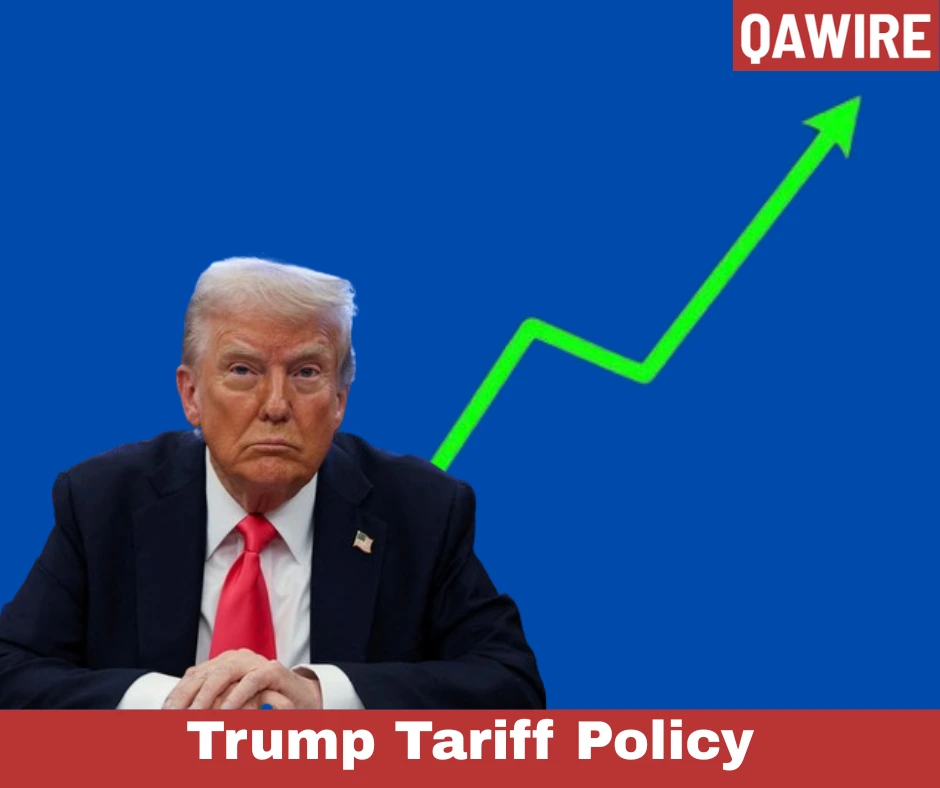For Donald Trump, April 2 represents “Liberation Day.” He claims that Trump’s tariff policy will liberate America from its foreign reliance. He believes this will help local American enterprises flourish while also liberating them from the unjust and predatory practices of foreign countries. It will enhance economic activity in the United States, resulting in a multitude of job openings.
Updates on Trump’s Tariff Policy
Trump will provide more details on Wednesday at 4 p.m. (20:00 GMT) at a press conference of “Make America Wealthy Again” at the White House Rose Garden. In his speech, he will explain more about Trump’s tariff policy. Trump’s supporters said that it would protect the local businesses of the US, while critics said that it would be a global problem as many countries trade with the US.
Trump’s Previous Tariff Moves
Donald Trump has already placed tariffs on exports from Canada, Mexico, and China. He also placed taxes on imported steel and aluminium. These tariffs are part of his plan. It will defend U.S. companies and minimise the trade gap. The new tariffs will be more protective for different sectors. Along with other older policies, these tariffs have already caused disruptions to global trade.
25% Tariff on Imported Cars
A new shift that has been made is that a finished car that is imported will have a 25% tax on it. This will take effect from April 3. The tax will result in foreign cars becoming more expensive,, which will benefit American manufacturers of cars. This will also result in cheaper foreign companies not being able to provide as much competition for American cars. This will have an impact on American vehicles and also supply chains and the automobile industry.
Trump’s Proposal for Higher Tariffs
Trump has often talked about the benefits of increasing the tariffs. Earlier, he had proposed a 10% tariff on all imports. He has also suggested raising tariffs on Chinese goods by 20% or even 60%. He proposed these policies to protect American companies as many foreign companies are exporting their business, thus leading to losses for US companies. However, economists have warned that a higher tariff could hurt US consumers and businesses in the long run.
“Dirty 15” Countries
Trump’s team is paying attention to a group of 15 countries referred to as the ‘Dirty 15’ that comprise America’s largest trading allies. These nations have policies that Trump claims are damaging to American businesses, and Scott Bessent, the Treasury Secretary, has publicly stated these countries are likely to face additional tariffs or more generous trade offers. The objective is to level the playing field for American companies.
Impact of Tariff Policy
Trump’s tariff policy has worried a lot of people around the world. The European Union, China, and Japan have all registered complaints. All three countries have stated that they may retaliate with additional tariffs of their own. The United States has now moved to impose restrictions on imports; any further increases in tariffs will lead to retaliation from both China and Japan. Both nations are poised to retaliate.
A large number of nations are setting themselves up for interaction with their economies to become more complex as a result of protective measures taken and arbitrary boundaries set. From the look of things, the White House is doing little to conceal its willingness to take the economic gamble, but the consequences of a trade battle stand to be disastrous for many nations.
Impact on countries
The moment Trump announced on Wednesday, Trump’s tariff policy came into play. This rapid action means that it’s too late for businesses and markets to prepare. The first impact is bound to be substantial. Global nations will closely monitor to see how these shifts influence trade. Although Trump’s advocates argue these tariffs will benefit American industries, others are anxious about escalating prices and increasing trade issues.
These new policies will need to be catered towards, which in turn will alter the international trading dynamics. Thus, how the other policies respond will determine America’s trading image in the future.



